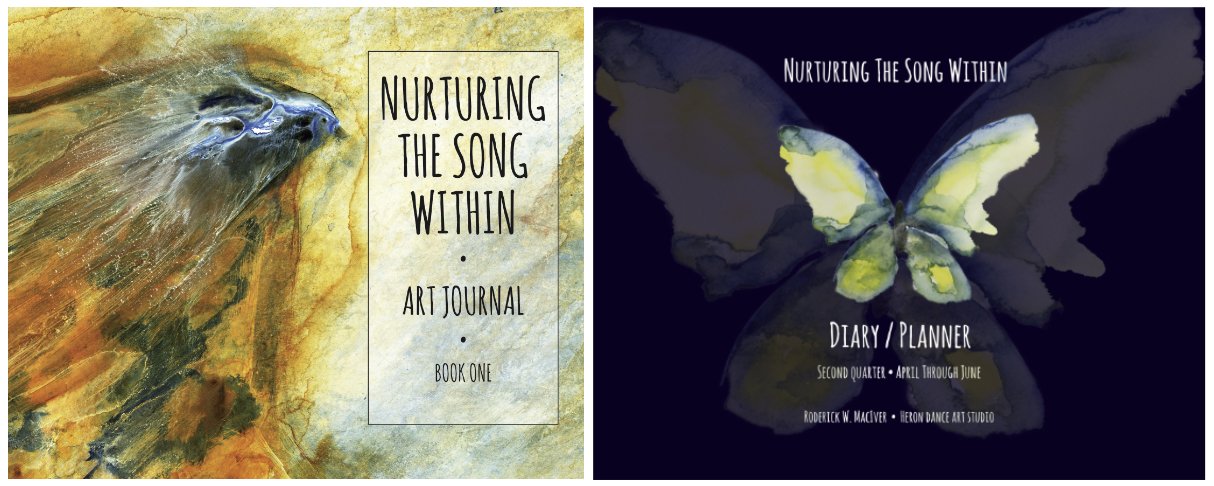Favorite Edvard Munch Quotes
From His Journal
Just as Leonardo da Vinci studied the recesses of the human body and dissected cadavers, I try to dissect souls.
- Edvard Munch, in his journal
The deep purple darkness settled itself over the earth. I sat under a tree —- whose leaves had begun to yellow, to wither. She had sat by my side —- she had bowed her head over mine. Her blood-red hair had entangled me -— it had wrapped itself around me like blood-red snakes -— its finest threads had wrapped themselves around my heart. Then she stood up —- I don’t know why.
Slowly she moved towards the sea —- further and further away. Then a strange thing happened —- I felt there were invisible threads binding us. I felt that invisible strands of her hair were still wrapped around me. Even when she disappeared over the ocean — I still felt the pain where my heart was bleeding, because the threads could not be torn away.
- Edvard Munch, in his journal
One evening I walked down a hillside path near Kristiania —- together with two comrades. It was a time during which life had ripped open my soul. The sun went down. The sea dipped quickly under the horizon. It was as if a flaming sword of blood cut across the firmament. The hillsides became a deep blue. The fjord —- cut in a cold blue —- amongst yellow and red colors. That shrill, bloody red. On the road and the fence. The faces of my comrades became a garish yellow-white. I felt a huge scream welling up inside me —- and I really did hear a huge scream. The colors in nature —- broke the lines in nature. The lines and colors quivered with movement. These vibrations of light caused not only the oscillation of my eyes. My ears were also affected and began to vibrate. So I actually heard a scream. Then I painted The Scream.
- Edvard Munch from his journal as quoted in the book Munch, In His Own Words
Munch's best known painting, The Scream, arose out of a scream that welled up inside him, needing an outlet. It seems to be a scream born of alienation.
Art is a way to connect with anything deep down in our soul, to explore it and try to come to terms with it.
There should be no more paintings of interiors and people reading and women knitting. There should be images of living people who breathe and feel and suffer and love — I shall paint a number of such pictures — people will understand the holiness of it, and they will take off their hats as if they were in a church.
I stagger about amidst life that is alive.
- Edvard Munch, in his journal
Munch’s art had soul. It was inspired by dreams, suffering and pain. It plumbed the depths of the human experience: love, joy, death, sadness, sex, beauty, loss, pain, frustration, anger. His paintings pack a punch. His paintings sadden; his paintings enlighten. His paintings embody an insanity that comes and goes, like the weather, like a loose cannon. But that particular cannon is not loose. The cannon knows the hole it wants to bang.
During his life, Munch’s work was highly controversial; generally regarded as the product of a mentally unhinged mind. It strikes me, looking at his paintings and reading his words, how sensitive a man he was. He was a courageous artist —- he didn’t care much about the feelings of the viewer. He knows he’ll make us uncomfortable.
I wonder if he was so sensitive that in his life two paths diverged — society, human interaction, complexity, women, and the alcohol he needed to persist in that life versus solitude in nature, devotion to art.
As much as his paintings mean to me, it is his journals of those last thirty-five years that have captured my imagination.
. . .
What’s your deepest emotion? Do you harness it to give your creative work power?
. . .
In a strongly emotional state of mind, a landscape will have a particular effect on one. By portraying this landscape, one will produce a painting which is affected by one’s own mood. This mood is the main thing. Nature is simply the means.
Whether or not the painting looks like that landscape is beside the point. Explaining a picture is impossible. The very reason it has been painted is because it cannot be explained in any other way. One can simply give a slightly inkling of the direction one has been working towards.
I do not believe in any other art than that which is forced out by the human need to open one’s heart.
All art – literature as well as music – must be generated from the blood of one’s heart.
Art is one’s heart blood.
- Edvard Munch, in his journal from the book Munch In His Own Words
Our inner world too speaks to us in images when it cannot be explained in any other way. Munch’s journals and paintings are both manifestations of his relationship with his imagination, memory and inner universe.
Journaling question: What images is your inner world trying to offer you?
Nurturing The Song Within:
The inner work underlying creative work.
Nurturing The Song Within, and the related diary / planner can be ordered here.




